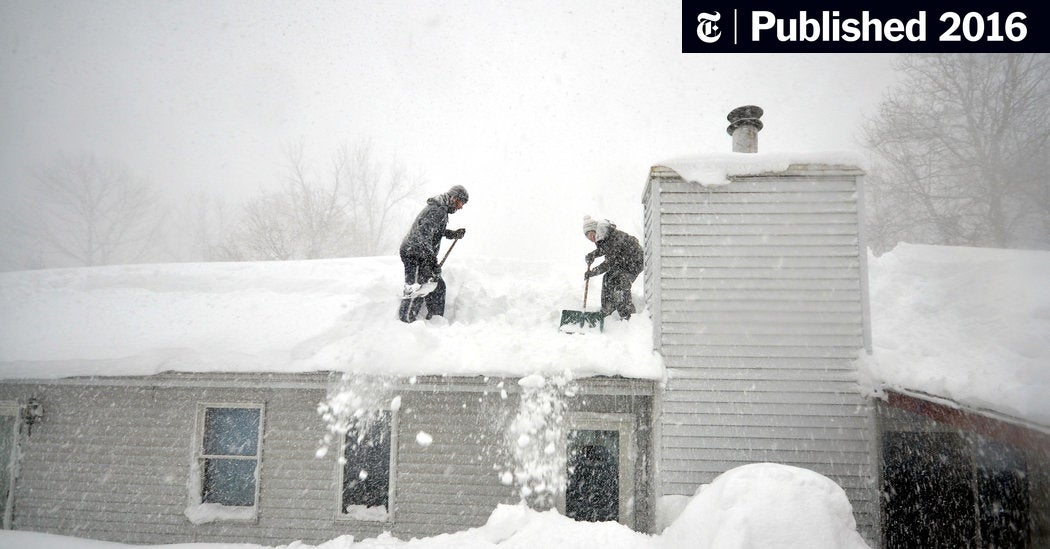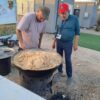In the winter of 1985 my hometown, Buffalo, was engulfed in a blizzard — not an uncommon occurrence for the region, which is justly famed for epic snows. But this was a big one, and the city’s blustery Irish-American mayor, Jimmy Griffin, was at pains to persuade people to stop trying to go about their business as conditions deteriorated. He urged Buffalonians to “relax, stay inside and grab a six-pack,” which must be the best advice any elected official ever gave the public in an emergency situation.
There’s something cartoonish about the menace of a blizzard, in which nature’s wrath assumes a fluffy, roly-poly form and tries to kill you. It’s the meteorological equivalent of getting smothered in Tribbles, or attacked by the Stay-Puft Marshmallow Man. And yet, kill it does, via car accidents and heart attacks and other misadventures, usually involving people trying, unwisely, to do something.
Mr. Griffin, henceforth known as Jimmy Six-Pack, understood this. The Snow Gods reserve special contempt for those who don’t respect their ability to bring human activity to a standstill. The snow cares not for your deadlines, your happy hour plans, your scheduled C-section. It wants only to fall on the ground and lie there. And it wants you to, too.
Needless to say, you should. Unless you’re a plow driver or a parka-clad elected official trying to look essential, one doesn’t pretend to do battle against a blizzard. You submit. Surrender. Hunker down. A snowstorm rewards indolence and punishes the go-getters, which is only one of the many reasons it’s the best natural disaster there is.
Jimmy Six-Pack also understood that snow functions as an arbiter of government effectiveness. (He stayed in office for 16 years.) In New York City, Mayor John Lindsay’s lax response to a 1969 storm forever dinged his political fortunes. Cities need blizzards every few years to flush out incompetents, expose incipient dysfunction and generally stress-test the fabric of civilization. Like war, illness and poker, snow ruthlessly reveals true character.
And, gloriously if briefly, it hides everything else — the plastic grocery bags and mini-marts and dog poop and salt-grimed Toyotas and sundry disorder of modernity. Watching the quotidian American crudscape transform into a fairy-tale kingdom is a legitimate wonder. Name another disaster that leaves the afflicted region more attractive in its wake.
I’ve never quite lost my amazement at this phenomenon, the suddenness with which the familiar vanishes and a new, better landscape appears. Time has partly buried my childhood memories of Buffalo’s mighty blizzard of 1977, but I still recall the hallucinogenic dislocation of the great drifts that climbed over houses, the spectacle of a world made thrillingly new. It’s a vision that seems freshly haunting now, as we face the dread prospect of a climate changed by human appetites — the future winters, soggy and snowless, that await us all. Before it’s too late, let us all now pause, perhaps over a six-pack, and bear witness as the climate changes us.





























